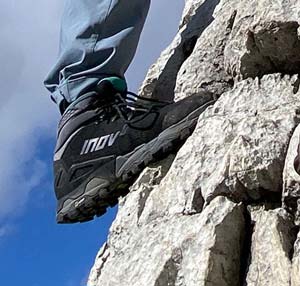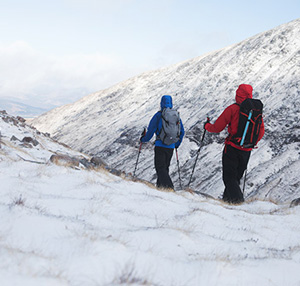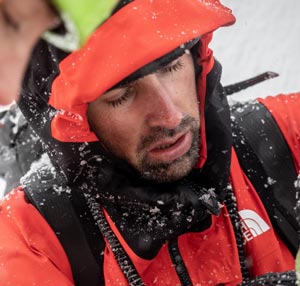Our Top Winter Hill Walking Tips
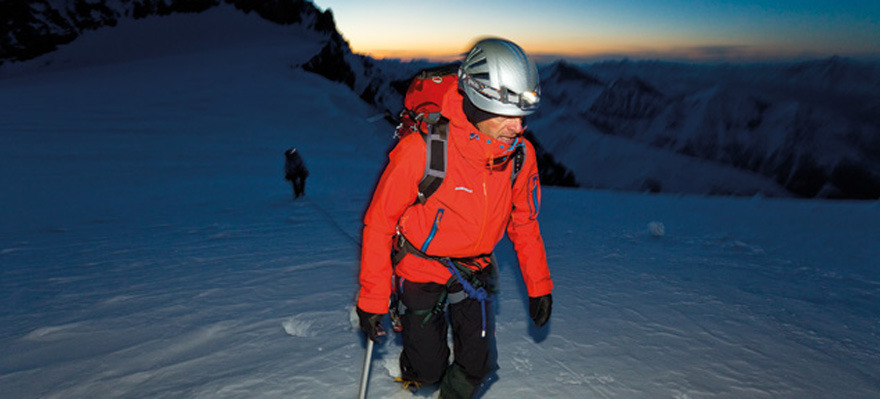
Enchanting and exciting, there's no mistaking why winter is the favourite time to head to the hills for many of us, but behind the beauty of snow-capped hills and mountains lies a heightened risk and the greater potential for dangerous conditions.
The summits of the UK's mountain areas are soon going to be in the grip of winter so we thought we'd share some of our top winter walking advice with you.
KNOW BEFORE YOU GO
Knowledge is power, or so the proverb goes, and by having a good knowledge base of fundamental mountain skills, you're empowering yourself to explore more terrain, more safely and with more confidence. Checking the weather forecast, current conditions and avalanche reports (if there are any) is vital before any foray into the hills. Having a thorough understanding of avalanche red flags (warning signs), snowpack behaviour and how the weather and snow conditions can affect your intended route is also critical if you're going above the snowline.
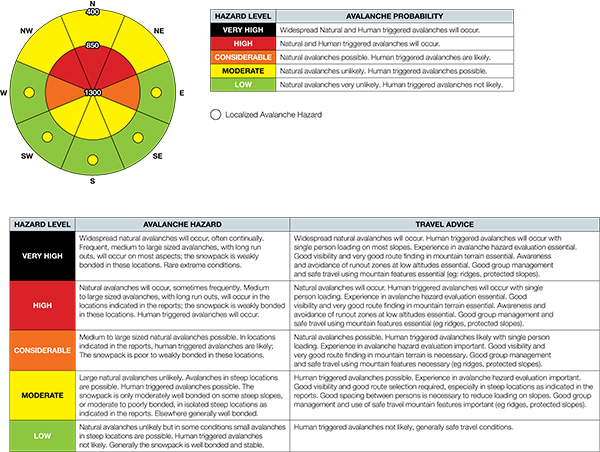
In winter, conditions change in an instant, and routes that might have been safe a week ago or even the day before can become treacherous. Even if you think you're familiar with an area, treat it as though you've never been there before. This stops you falling into the heuristic trap of thinking everything will be safe just because it was last time you visited. Factors such as a slight difference in wind direction or rainfall can change everything. Glenmore Lodge run a series of superb Winter Skills courses that cover fundamental techniques needed.
EQUIP PROPERLY
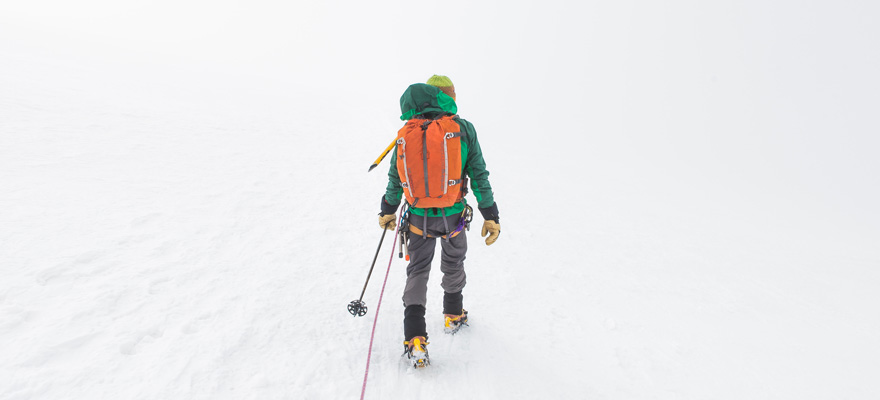
This might sound obvious, but setting out with the correct gear and knowing how to use it is vital. Crampon-compatible winter boots, crampons, walking poles with snow baskets and ice axes are essential if you're going above the snowline or the forecast is for sub-zero temperatures. Get familiar with your equipment before you use it for the first time – practice simple things like putting on and walking with crampons (ideally not in the house) and when given the chance learn how to self arrest in a safe place from a professional (this video from BMC TV offers some great advice on self-arresting correctly).
Our Crampon Buying Guide and Ice Axe Buying Guide offer expert advice on choosing the correct equipment.
GPS devices should always be accompanied by a laminated OS map and good compass and cross-referenced regularly. Even better, navigate as much as possible using your map and compass, and break the GPS out only when it's really needed, such as in whiteout conditions (this BMC article provides great advice for navigating in a white-out). Ensure you have a good, well-stocked first aid kit in your pack and have an understanding of basic techniques so that you can deal with an incident should it occur. If you have a mishap on the hill, it can take much longer for emergency services to reach you in winter conditions - a survival bag is a necessity as are basic winter survival skills.
DRESS EFFECTIVELY
While the forecast might be telling you it's -5C up top, a 60mph wind will make this feel more like -20C or lower, and if your wardrobe isn't quite up to the challenge, hypothermia and frostbite become very real risks. As with any cold conditions, keeping your core warm is key. Do that, and your hands and feet will take care of themselves to some degree.
Layer effectively, with a rugged GORE-TEX or FUTURELIGHT shell and waterproof trousers, a synthetic or down insulating mid-layer, and merino base layer and long johns. Decent warm, waterproof gloves make a big difference to comfort and dexterity, and a liner glove is always a good idea. Merino walking socks will also help your extremities stay warm (though winter walking boots should take care of this).
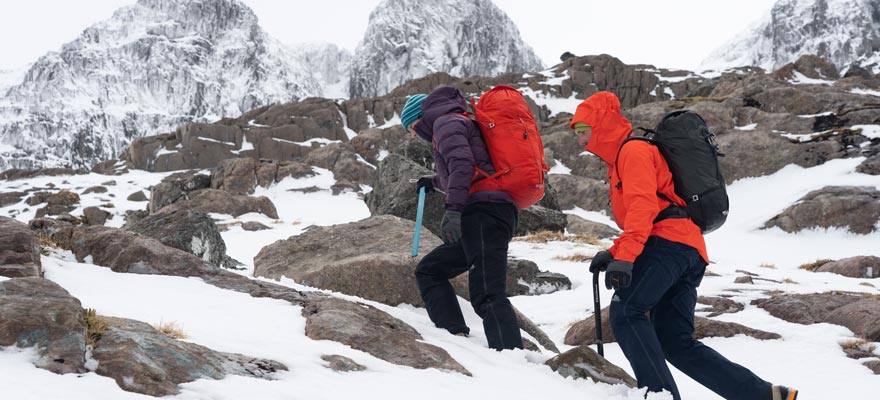
KEEP YOUR ROUTE FLEXIBLE
When you're planning your route, include alternatives and suitable escape routes so that if you are faced with dangerous conditions, you can adapt your path quickly or come off the hill safely. This makes decision making much easier, and helps to avoid a "let's just stick to the original plan" mentality that can lead to further difficulty.
Allow for plenty of time and break your route up into sections with obvious waypoints, giving yourself a generous duration to complete each one - remember the going will be much slower than in summer. With less daylight in the winter months, setting out earlier in the morning gives you more margin for error, potentially saving you a dangerous trudge home in the dark if things take a little longer than planned. Always have a powerful headtorch in your kit with fully charged batteries just in case.
If you've driven hours to your nearest hills only to find terrible conditions (we've all been there, trust us) remember the mountains aren't going anywhere, find a low-level activity to do and come back when conditions are more favourable. The risk isn't worth it.
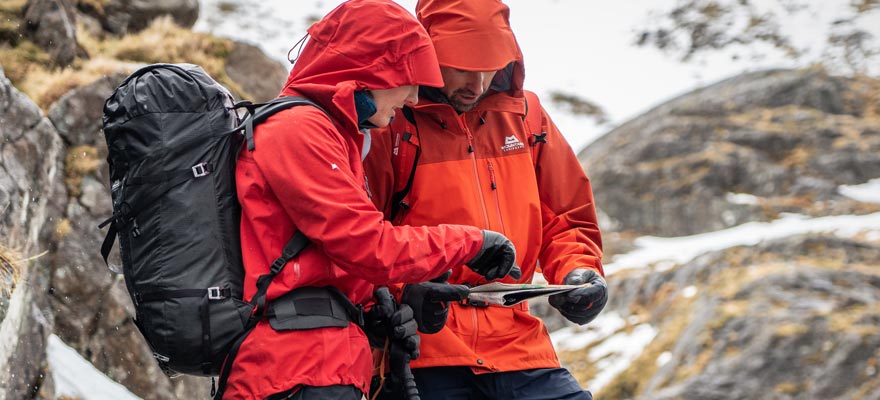
COMMUNICATE CLEARLY
Letting a suitable party know your route, estimate return time and emergency contact numbers is important at any time of year, but especially important in winter when a wrong turn of events can easily lead to a life-or-death situation rather than just a longer trudge back to the car. Cold can drain phone batteries - as can GPS apps if you're using one - so ensure they’re fully charged before you leave and keep them in low power mode or carry a portable back up source of power. .
FUEL UP
The importance of keeping yourself fed and hydrated is something you hear a lot in summer, but in winter it often gets neglected. Walking in snow and cold conditions uses a lot more energy to cover the same distance and it can be very easy to not drink enough as you sweat beneath your layers. Hunger, dehydration and tiredness affect your awareness and ability to make decisions - vital in a changeable mountain environment, but in the cold it can be easy to forget to keep your levels topped up. Make sure a drink high in electrolytes is close to hand, either in a freeze-proof hydration system or a bottle that's easy to access, and keep a flask of hot drink for your lunch break to warm you back up after a rest - stopping even for a short time will affect your body temperature. To keep you from going hungry, stash food high in carbohydrates such as Clif Bar in your pockets and nibble regularly.

